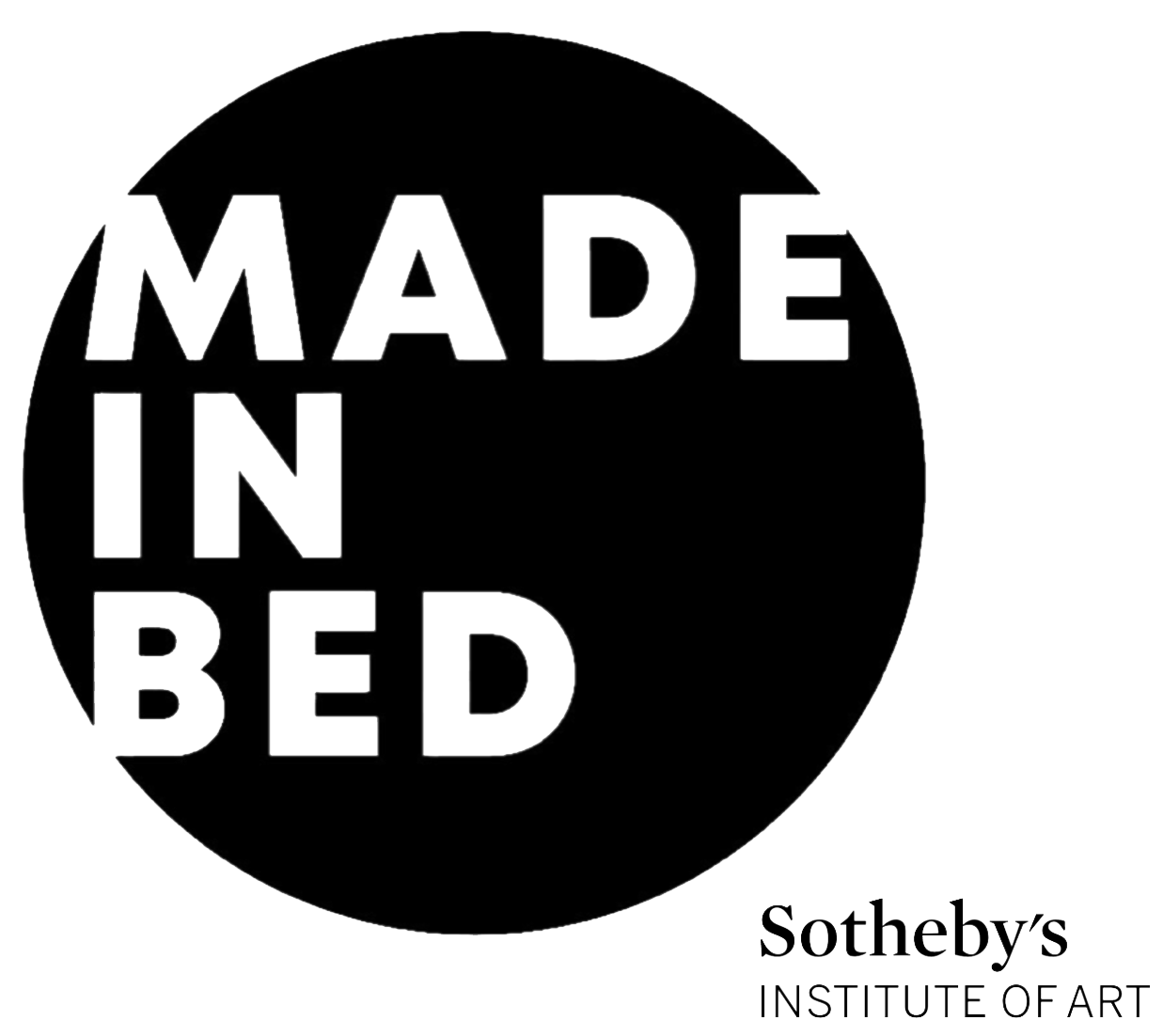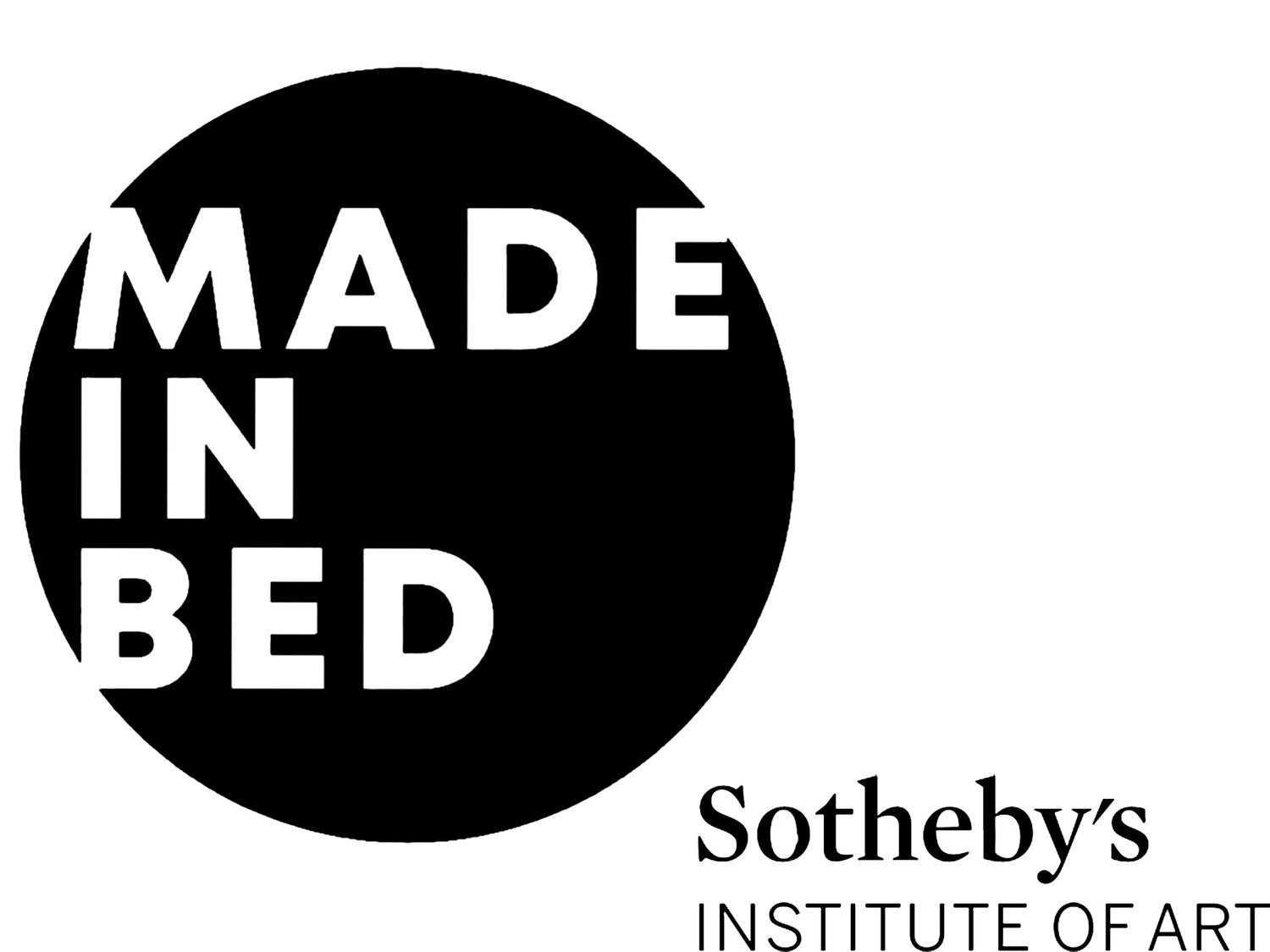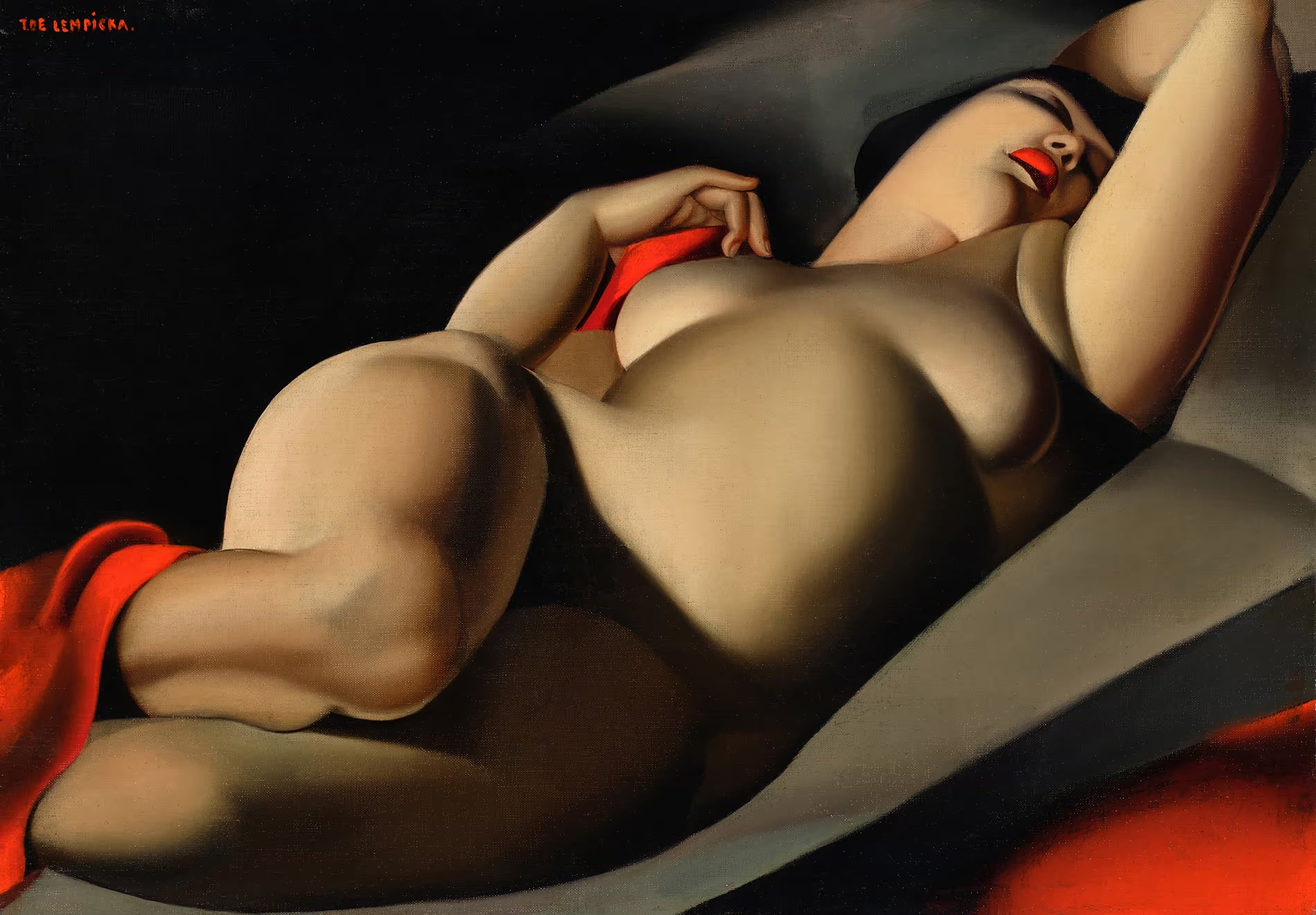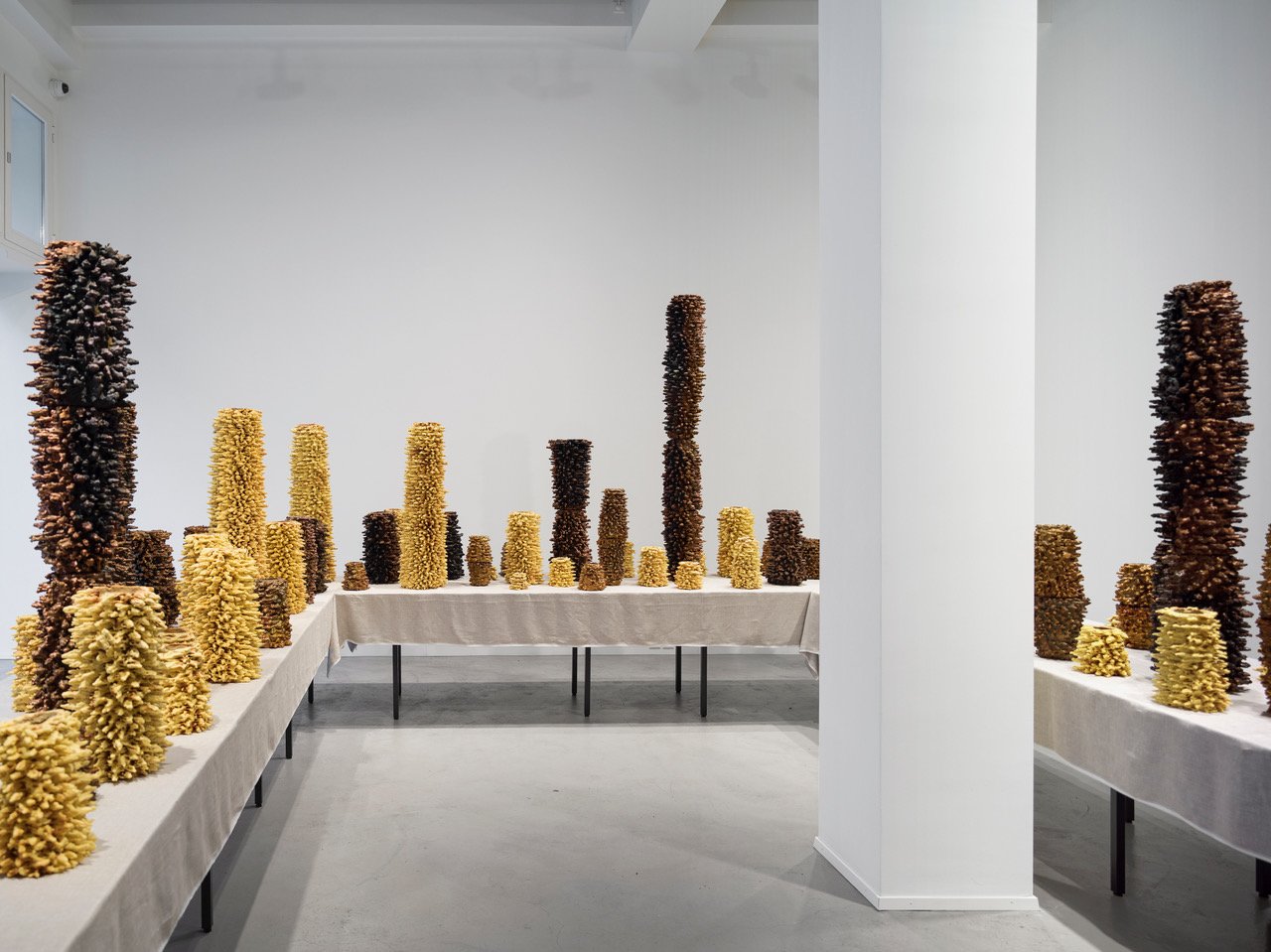Swiss Art Week 2025: Rämistrasse Rising—A Walk Down Zürich’s Hottest Street?
Zürich was unusually hot this June, and as temperatures rose past 30°C, so did the concentration of galleries programming, institutional traffic and collector visibility along the Rämistrasse. Crowned by the Kunsthaus’s David Chipperfield building, this road has demonstrated its capacity to be a central corridor for the arts throughout this busy Zürich Art Weekend and delivered a worthwhile and strategic prelude to the upcoming Art Basel.
Rämistrasse street view, Zurich. Photo Courtesy: Wikimedia Commons.
This year’s edition brought together 73 institutions, galleries, and off-spaces across the city, offering a synthesis of the artists, collectors and market activity that will be shaping Basel and beyond. As much as it functions as a local celebration of the city that once saw the birth of Dadaism, Zürich Art Weekend has evolved into a vital calendar moment for the European art market. Several participating galleries use it to generate early visibility, while auction houses, notably Sotheby’s, now align major previews with this lively weekend. Demonstrably then, Zürich is a key location that takes center stage.
For anyone walking through the city’s various art clusters, Rämistrasse stood out. Home to a growing number of galleries, from long established names to new arrivals, the street runs parallel to Kunsthaus Zürich and serves as a physical and symbolic axis between commercial and institutional power in the city. Sotheby’s Zurich office, located on the same street, opened a preview of its upcoming June London auction to coincide with the Weekend. The preview included several highlights, among which Tamara Lempicka’s iconic nude La Belle Rafaëla (1927) stands out as a central piece, last seen at auction in 1985 it has already generated remarkable buzz. Visitors are thus once again reminded that Zürich is not a peripheral art city, but an increasingly strategic point in the broader European ecosystem.
The renewed interest in Rämistrasse is more than geographic, it reflects a larger recalibration of Zürich’s gallery landscape. With the decentralization of the past decade with galleries moving to Löwenbräukunst, Sihlquai, and former industrial zones, the visibility and density of Rämistrasse feels like a return to concentrated programming. For many gallerists proximity matters. It means easier access to collectors, to institutions, and to each other.
Tamara Lempicka, La Belle Rafaëla, 1927. Photo Courtesy: The Guardian.
The programming across the street made a strong case for its own prominence. Galerie Eva Presenhuber presented a witty and layered group exhibition on their ground floor featuring Doug Aitken and Sylvie Fleury, among others. This last one standing out by adding the themes of ego and “egoïsme” to the show, a fitting humorous nod to the art world’s psychology. One gallery representative noted: “Overall, the gallery is delighted with the widespread interest and the large number of high-calibre visitors this edition of Zurich Art Weekend.”
Installation view, Wall Works & Sculptures, Galerie Eva Presenhuber, Waldmannstrasse, Zurich, 2025. © the artists. Photo Courtesy: the artists and Galerie Eva Presenhuber, Zurich/Vienna, Photo by: Stefan Altenburger Photography, Zürich.
Meanwhile at Galerie Peter Kilchmann, Travis Boyer’s paintings on velvet provided both a technical showcase and a delightful viewing experience. Boyer, born in 1979 in Texas, has worked with velvet for over a decade. He emphasized the precision required by the medium and the palimpsestic possibilities of it. Just down the road, Tobias Mueller Modern Art AG presented striking sculptures by the Brazilian artist Saint Clair Cemin, reinforcing the international dialogue taking place in the heart of Europe. For those following regional markets, this felt like a quiet echo of Brazil’s increasing visibility in the last years.
Installation view, Galerie Peter Kilchmann, Travis Boyer: Personal Effects, 2025, Zurich. Photo Courtesy: Sebastian Schaub and Galerie Peter Kilchmann.
Mai36 Galerie offered one of the strongest and most consistent presentations across Zurich, with installations that added to the spectacle without losing out on depth or sophistication. Maia Ruth Lee’s work stood out through the eloquence of materiality subjected to simple but concise transformation. Like many others, Mai36 Galerie’s invitation extended beyond the weekend. Every conversation in Rämistrasse ended with a reminder of their upcoming Art Basel stand or satellite fair involvement.
Maia Ruth Lee, B.B.Nearing 1-10, 2025. Photo Courtesy: the artist, Mai36 Galerie, and Peter Baracchi.
At Fabienne Levy, which had just inaugurated its new location, the atmosphere was equal parts celebratory and ambitious. Though some spatial details were yet to be finished, the programming was confident. Works by several artists were on display, including several eye-catching pieces by 33 year old Carlo d’ Anselmi. The gallery’s decision to open in tandem with Zurich Art Weekend underscores the street’s market momentum.
Further up, Bernheim presented a compelling two artist exhibition featuring Kodai Ujiie and Denis Savary, that explored the boundaries between sculpture, design, and decorative arts. Director Pauline Renevier focused our conversation on the conceptual dialogue between the works, virtuously enriching the curatorial discourse with her own observations on the material density of the pieces.
Installation view of Bernheim, Zurich. Photo Courtesy: Berheim.
Among the most memorable shows was Galerie Tschudi’s solo presentation of Augustas Serapinas. Centered around various large edible sculptures (his own take on the traditional Lithuanian šakotis cake), the show blurred lines between material, memory and cultural heritage. The scent of sugar was appetite inducing and greeted visitors at the door. In the back, works made from salvaged wooden architectural elements offered a less caloric counterpoint. Tschudi’s leadership spoke candidly about the weekend’s importance. Director Elsbeth Bisig Tschudi called it “the most important weekend of the year,” while gallery manager Julia Hegi emphasized how it is key in helping “engage and attract a new public ahead of Art Basel.” The message was clear: Zurich Art Weekend is no longer an optional stop, it’s a tactical one.
Augustas Serapinas, Šakotis, 2025, Installation view © the artist and Galerie Tschudi. Photo by Cedric Mussano.
Other galleries such as Galerie Andrea Caratsch with a blue chip Warhol display, and Galerie Haas with a show of Jean Fautrier still lifes, and a selection of modernist paintings on its upper floor, which added historical gravitas to the weekend’s programming. Meanwhile, Larkin Erdmann’s Sophie Taeuber-Arp exhibition demonstrated the continuing market appetite for narrative re-evaluations of modernism and recoveries of sidelined female artists.
Larkin Erdmann’s Rämistrasse front. Photo Courtesy of Larkin Erdmann.
“Zurich Art Weekend is a great opportunity for galleries like ours to showcase the diversity of our programme to a broader international audience. With so many events happening across the city, it’s a fun weekend that brings together collectors, curators, and artists while strengthening the local scene. It’s also perfectly timed just ahead of Art Basel—bringing early attention to the Zurich scene and giving local galleries a chance to engage with collectors and curators as they arrive.”
Close by, independent artist-run initiatives like Altherr/Weiss opened their studios for the weekend, offering sculptural works made from reused and recycled lighting rails. Zuzanna Weiss, one of the participating artists, noted how important the weekend is to the artistic community, allowing them to remain visible, even if not officially listed in the Zurich Art Weekend programme.
Mark Rothko, No.14, 1963. Photo Courtesy: 1998 Kate Rothko Prizel & Christopher Rothko/2025, ProLitteris, Zurich Sammlung Siegfried und Jutta Weishaupt.
Just down the block from the white cube spaces, and the very own Hauser & Wirth Editorial space, an antiquarian offered a very different kind of browsing experience. With sidewalks overflowing with postcards and second hand books, the contrast was the perfect reminder of the cultural experience beyond the carefully curated commercial settings. Art in Zurich is alive and well.
While Rämistrasse served as a backbone, Zürich Art Weekend’s wider program extended to Löwenbräukunst, with strong institutional shows such as Klara Lidén’s “Over out und above” at Kunsthalle Zürich, Galerie Francesca Pia’s carefully arranged displays of Markus Raetz’s work and Hauser & Wirth’s Ed Clark and Pat Steir solo shows. At Bahnhofstrasse, Hauser & Wirth presented a dialogue between Rothko and Ryman, underscoring the weekend’s curatorial ambition alongside its market logic.
But it was Rämistrasse, with its density, energy, and clear market pull, that made this edition of Zurich Art Weekend feel pivotal. The street, in many ways, encapsulated the current tone of the European market: increasingly international, increasingly focused, and increasingly strategic. Zurich may still be smaller than London, Paris, or Berlin, but this Swiss city knows how to rise to the occasion and hold the spotlight.
Carolina Zemma,
Contributing Writer, MADE IN BED










